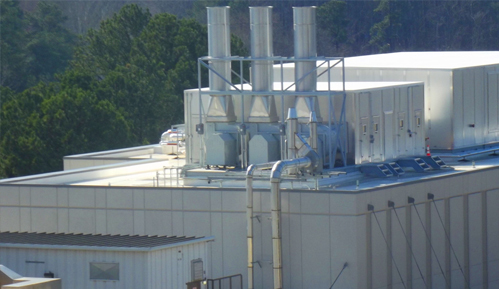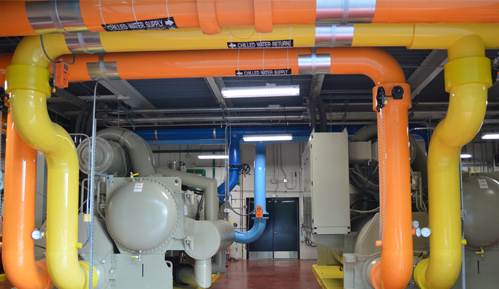Healthcare Services
AC Corporation specializes in helping healthcare organizations reduce energy costs and inefficiencies with improved environmental control while maintaining continuous operation.
As medical technologies improve, associated mechanical/HVAC support systems must change. This ever-changing environment requires medical facilities to constantly upgrade their mechanical/HVAC systems.
As noted in Engineered Systems Magazine (Hamilton, Gary & Peters, Sarah; 2019; Mechanical Engineering Design for Hospitals –The Must Know):
When selecting HVAC systems and equipment, safety and continuous operation of the hospital or health care facility are the top priorities. Dependent of facility and space requirements, much of the HVAC equipment and controls will be on emergency power. This may include exhaust fans, heating equipment, and supply and return fans. Some facilities are requesting that additional systems, such as chilled water pumps and chillers, be placed on emergency power as well. Critical rooms, such as airborne infection isolation rooms, protective environment rooms, and operating rooms —including caesarean section rooms —must remain fully operational during a power outage. All space ventilation and pressurization requirements must be continuously met.
Redundancy in heating equipment is aimed at eliminating downtime in the event of failure or maintenance but is function-based rather than capacity-based. ASHRAE 170, Section 6.1.2, dictates that heating must be available for sterilization, dietary function, operating, delivery, labor, recovery, emergency, ICU, nursery, and inpatient care. Redundancy must be provided for equipment serving all of these spaces. For cooling equipment, any systems greater than 400 tons must have a redundant system in case of breakdown or maintenance, and redundancy may be treated more as purely n+1 rather than as a means of keeping certain operations functioning.
Healthcare Facility References:




